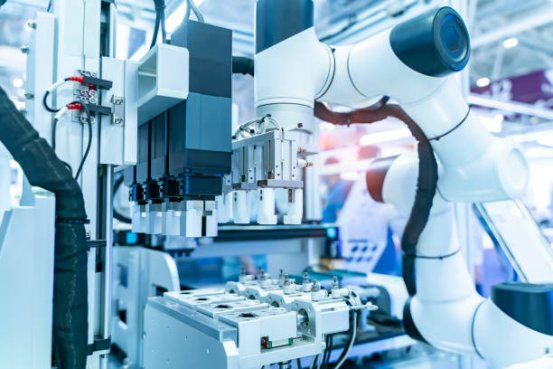Technology
Transformative Forces Shaping Biopharma Manufacturing
The biopharmaceutical sector is rapidly evolving, driven by technology and supply chain innovations. Companies are increasingly adopting automation and vertical integration to boost efficiency, cut costs, and stay competitive while improving patient access.
The biopharmaceutical sector is rapidly evolving, driven by technology and supply chain innovations. Companies are increasingly adopting automation and vertical integration to boost efficiency, cut costs, and stay competitive while improving patient access.

Benefits of Full Process Ownership
Vertical integration is becoming central in biopharma, as companies take charge of research, clinical trials, manufacturing, and distribution. Reducing reliance on CROs and external vendors enhances oversight of timelines, data integrity, and intellectual property. While initial investments are high, in-house capabilities offer long-term savings, operational efficiency, and pricing flexibility. Full control empowers data-driven decision-making, accelerates innovation, and strengthens market leadership.
Data-Driven Insights and Regulatory Agility
End-to-end oversight generates proprietary data on efficacy, safety, and production processes. This information allows companies to optimize operations, expedite drug development, and respond proactively to regulatory shifts. Vertical integration also ensures compliance at every stage, reducing setbacks and enabling agile adaptation to evolving standards, reinforcing competitive advantage.
Smart Factories and Operational Efficiency
Automation and AI-powered smart factories are transforming drug manufacturing, optimizing schedules, predicting equipment failures, and reducing human error. These innovations accelerate production, improve reliability, and lower costs. Smart factories enhance scalability, enabling quick responses to market fluctuations or demand surges while maintaining consistent patient access.
Regionalization and Patient-Focused Manufacturing
Localized facilities supported by smart technology reduce dependence on global supply chains, improving efficiency and drug accessibility. Digital integration ensures traceability, combats counterfeiting, and supports timely, secure deliveries. Linking production with patient data enables personalized medicine, optimizing dosages and treatments to individual needs for better outcomes and fewer side effects.
Biosimilars and Strategic M&A
Competition from biosimilars drives mergers and acquisitions, reinforcing vertical integration. Acquiring or merging with manufacturers helps secure supply chains, reduce costs, and improve efficiency. M&A activities often focus on advanced technologies, expertise, and strategic locations, creating resilient business models and safeguarding margins.
Strengthening Competitive Position
Integration extends beyond cost savings, enabling faster market response, expanded product portfolios, and innovative contract negotiations. Companies controlling the full value chain are better positioned to offer value-based solutions, gaining an edge in competitive, pricing-sensitive markets. Strategic M&A in response to biosimilar competition is fostering more efficient, innovative, and robust companies prepared for long-term success.
References
https://www.drugpatentwatch.com/blog/mergers-and-acquisitions-opportunities-and-challenges-in-generic-drug-development/
https://www.einpresswire.com/article/842252465/semi-solid-dosage-contract-manufacturing-market-to-reach-26-76b-by-2029-exclusive-report-by-tbrc
https://www.sciencedirect.com/science/article/pii/S0167779924002890
How do you like this article?




